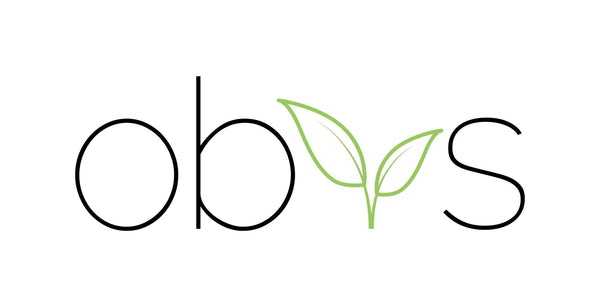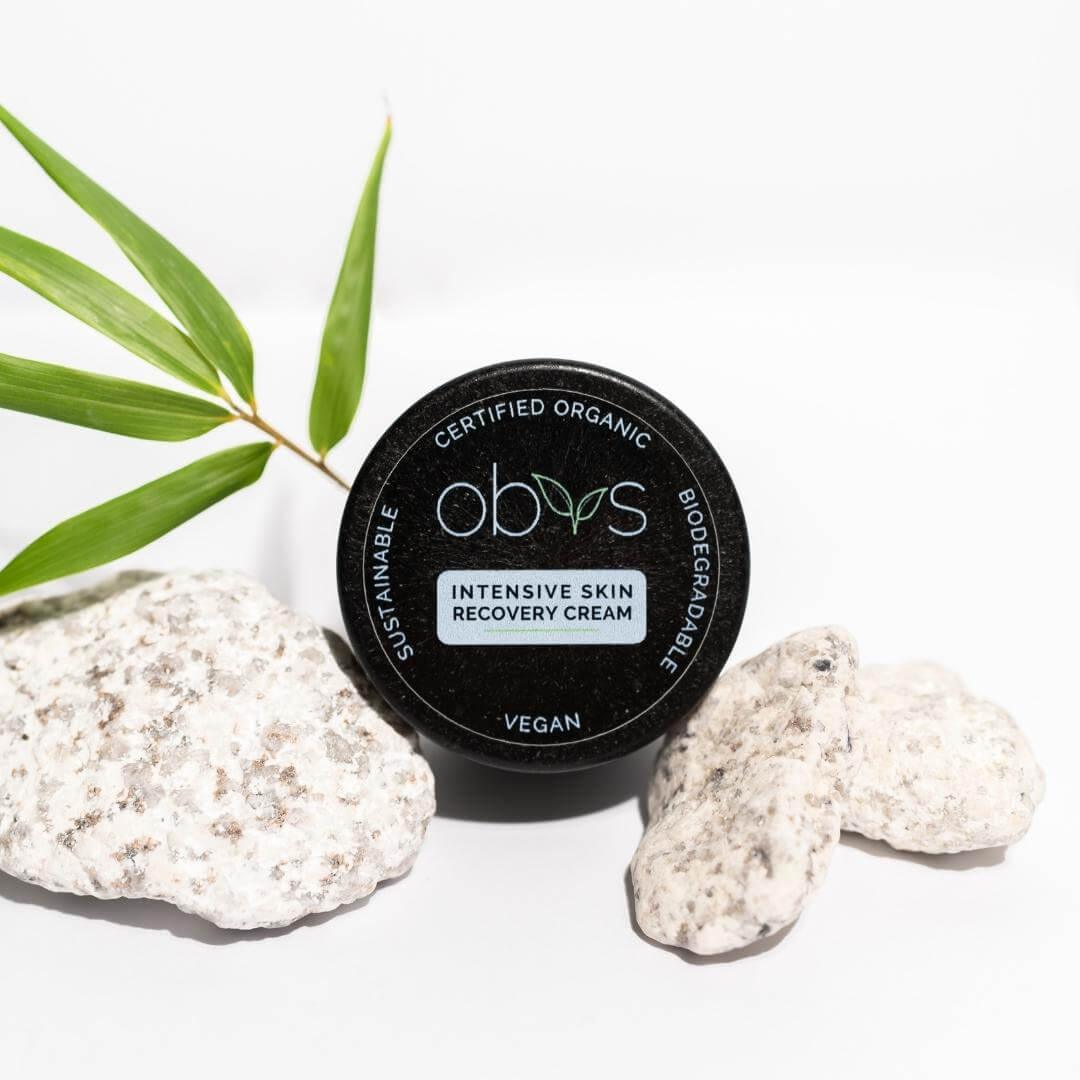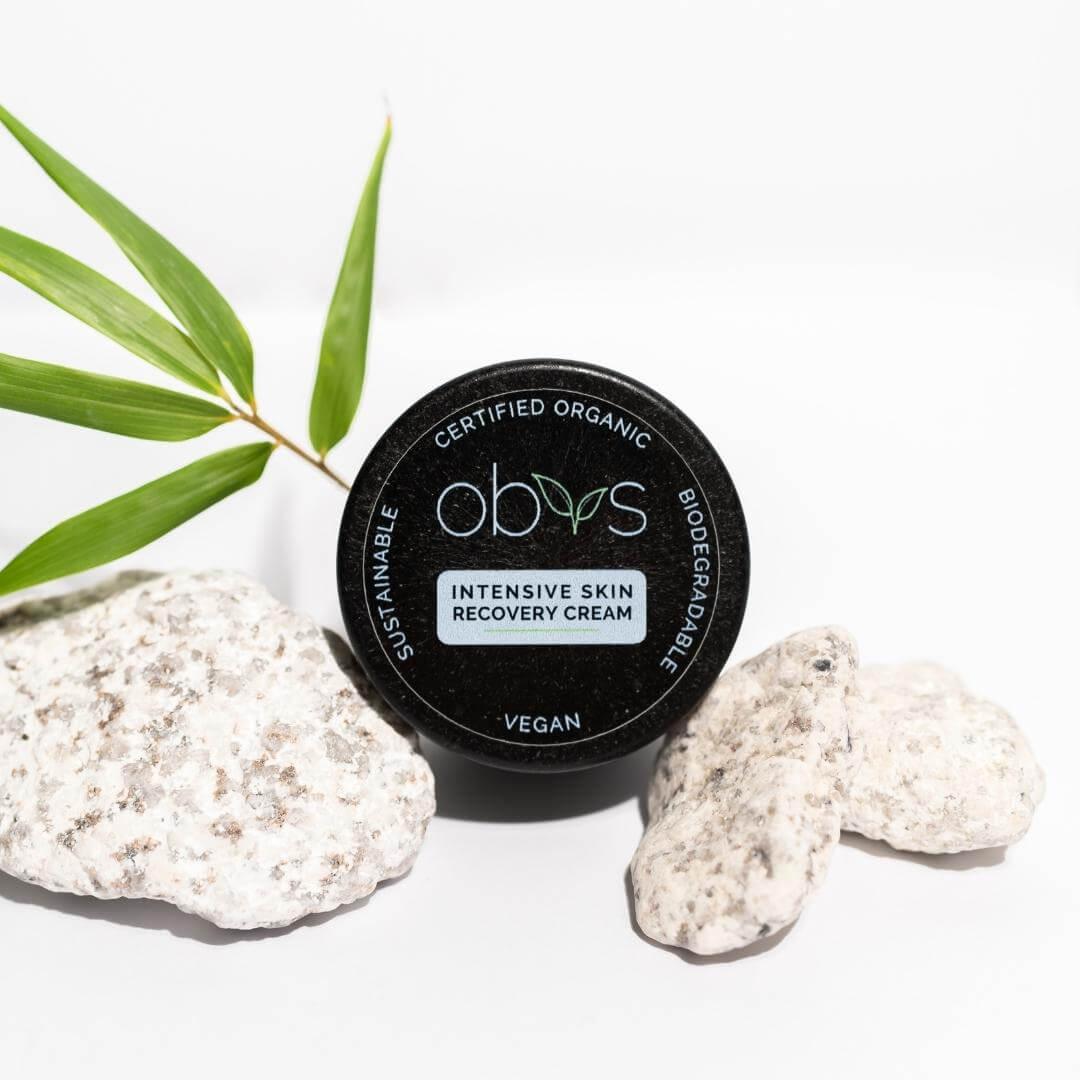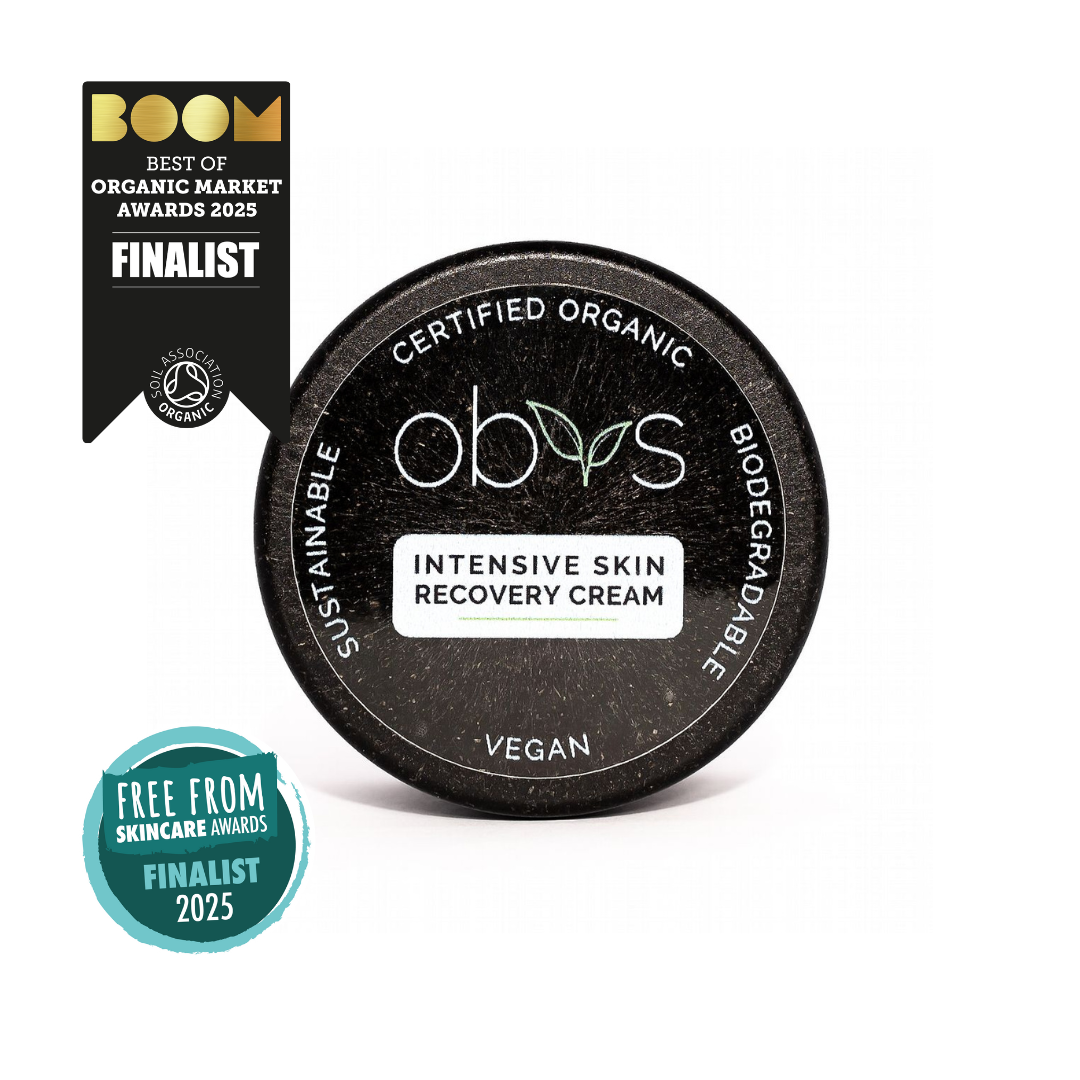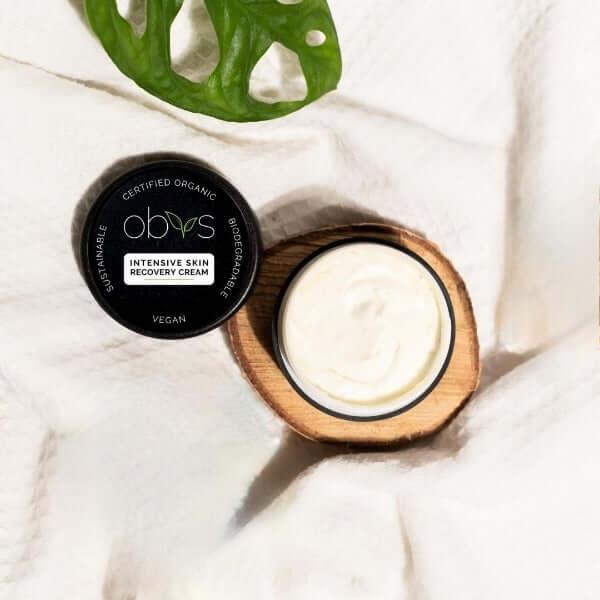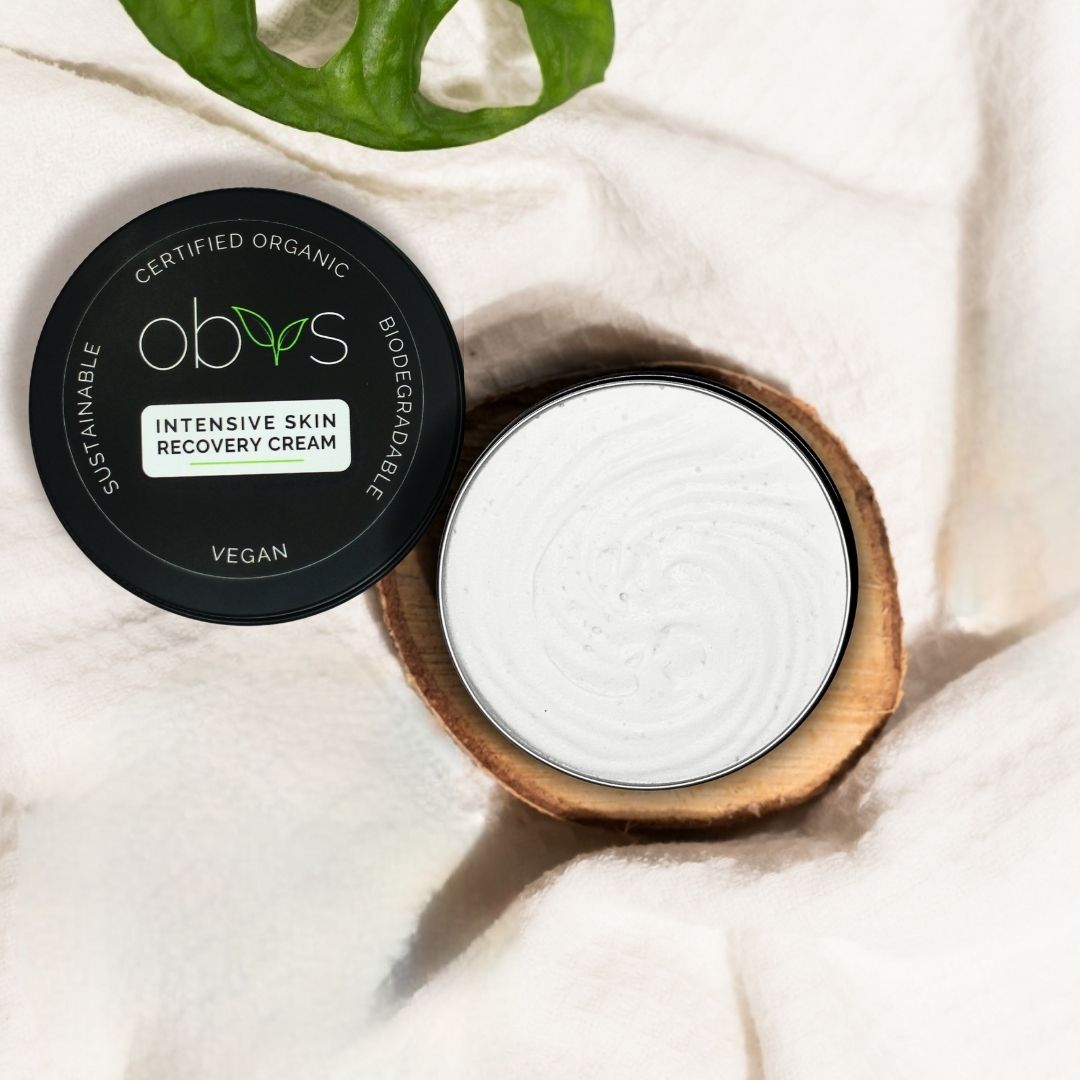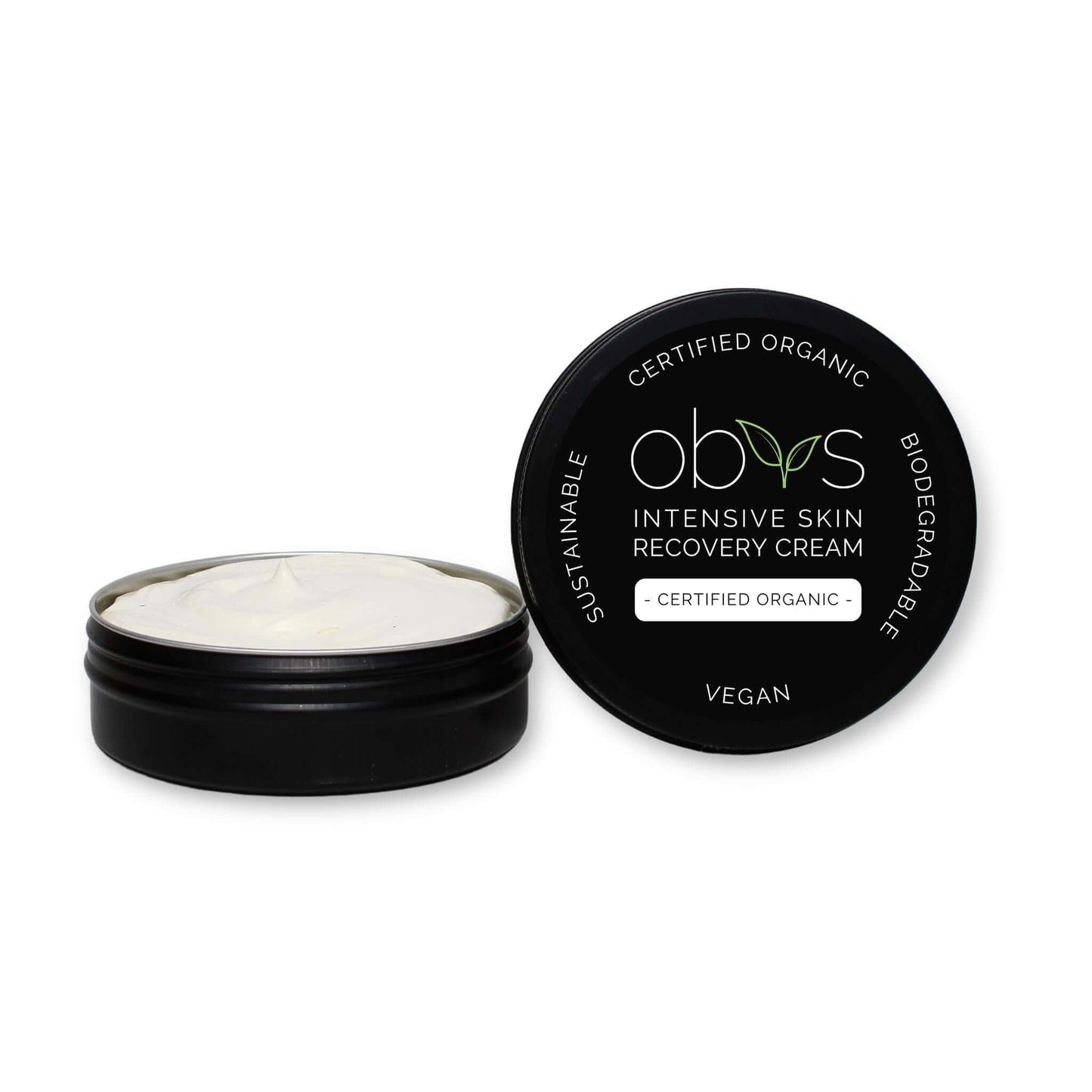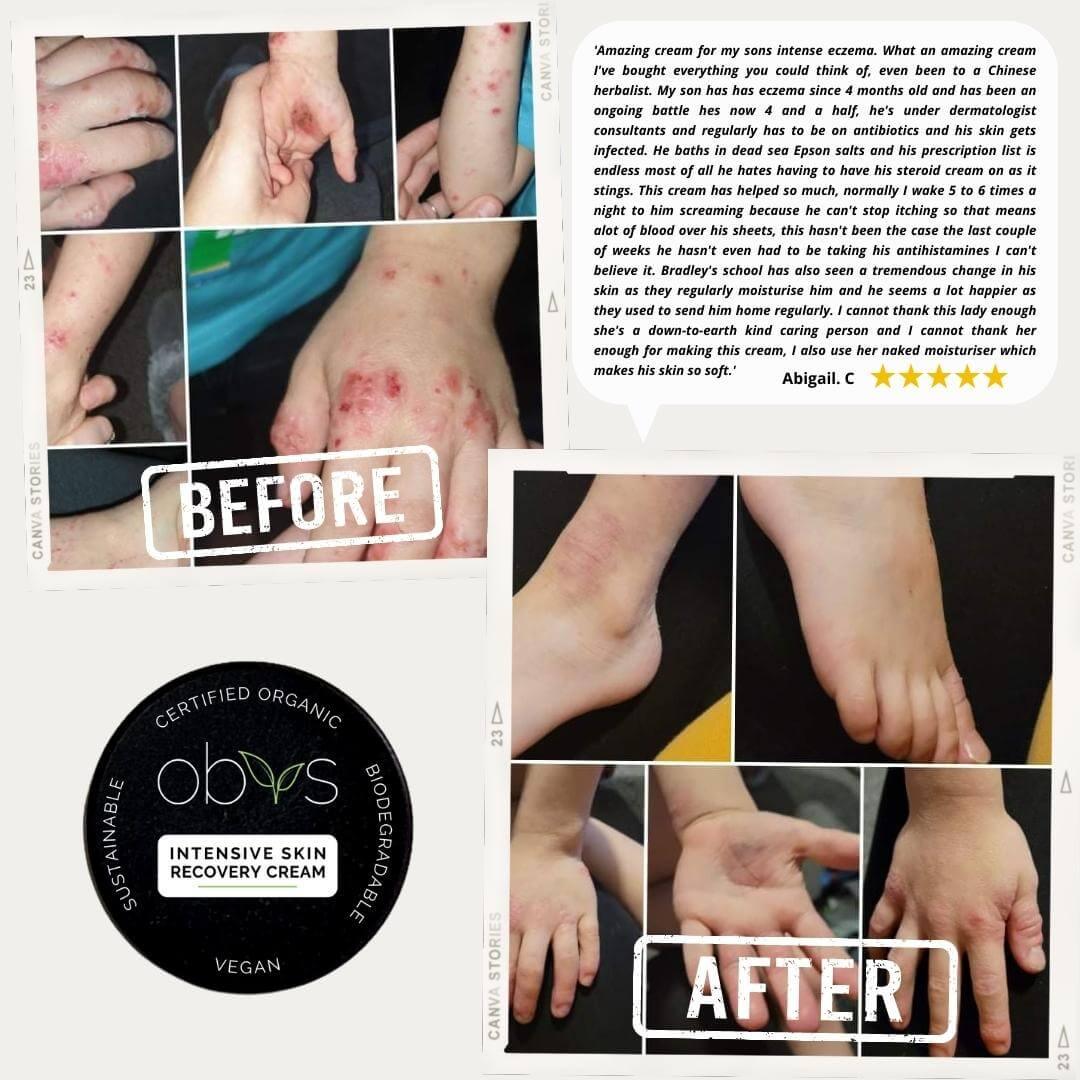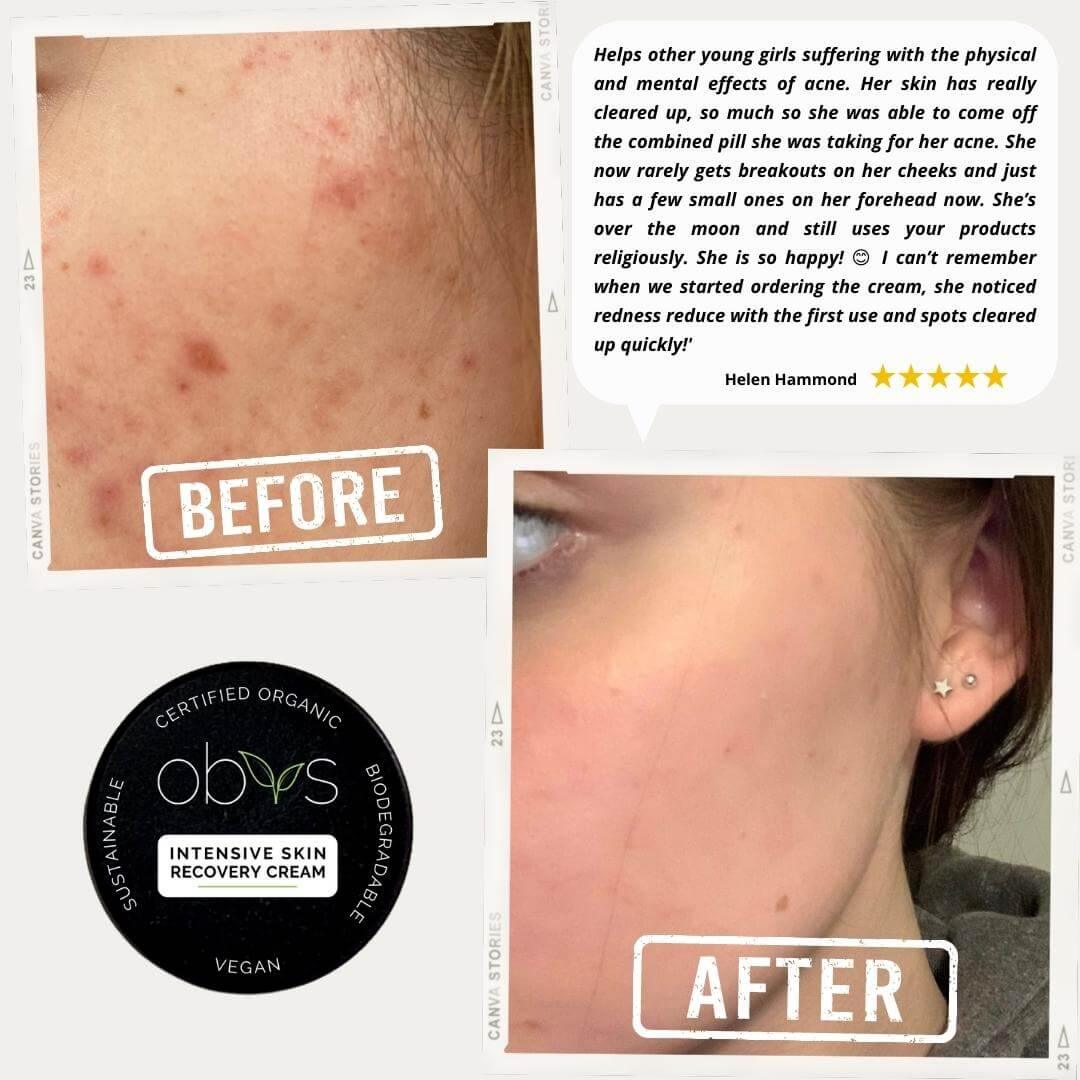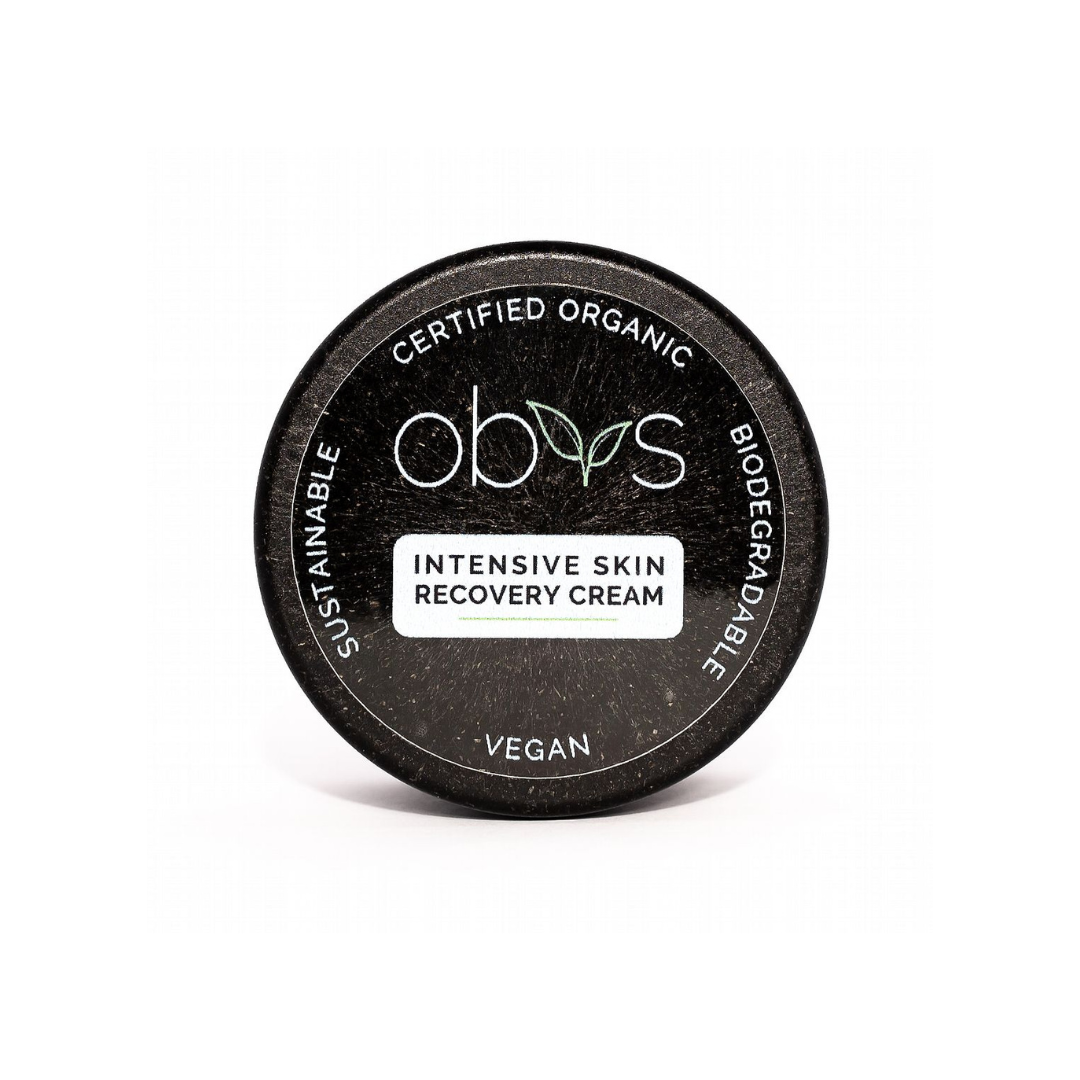
The End of Greenwashing: How Skincare Brands Fake “Natural” Claims (and How to Spot It)
Share
Greenwashing in skincare has become so normalised that most people don’t realise they’re buying marketing copy dressed up as nature.
The industry loves to shout “natural” and “plant-based” on the front of the label while quietly building the formula out of petrochemical emollients, synthetic gloss agents and fragrance shields on the back. This blog breaks down exactly how brands get away with it, how the ingredient loopholes work, and how you can tell the difference between genuinely organic skincare and a formula wearing a green costume.
Contents
- Why greenwashing exploded
- The tricks brands use to fake “natural”
- “Plant-based” vs actually botanical
- The parfum loophole
- Lip oils built from petrochemistry (but sold like orchards)
- How to spot real organic skincare in three steps
- References
1. Why greenwashing exploded
Let’s be blunt: brands learned it’s easier to look sustainable than be sustainable.
The leaf emoji became a business model.
Most consumers don’t read ingredient lists, and the industry knows it. The word “natural” has no legal definition in cosmetics, which means anything from meadow-grown calendula to lab-processed plastic can wear the same halo. Convenient, isn’t it?
Add a beige label, a soft font, and a photo of something green and suddenly petrol is “plant powered”.
2. The tricks brands use to fake “natural”
The three biggest plays I see (and keep getting nearly sued for explaining):
| Marketing Claim | What It Usually Means |
|---|---|
| “Natural” | A math trick via ISO 16128 so anything derived from nature can still count, even after heavy synthetic processing |
| “Plant-based” | A droplet of extract floating in a petrochemical formula |
| “Organic” | The word, not the certification |
Greenwashing works because it borrows the language of science and ethics — but never the standards.
3. “Plant-based” vs actually botanical
Here’s how the illusion works:
A brand adds 0.1% “botanical extract” (usually brown tea water stabilised with preservatives) and markets the formula like it was hand-pressed on a biodynamic farm by woodland nymphs.
Meanwhile, the real structure of the product is hydrogenated polyisobutene, mineral oil, silicone gums or cheap triglycerides – all valid cosmetic materials, but not remotely plant-forward.
Nothing wrong with synthetics when they’re disclosed honestly.
The problem is the pretending.
Consumers think they’re buying plants. They’re really buying texture engineers wearing a floral costume.
4. The parfum loophole
Brands love to hide behind “parfum” because that one little word is legally allowed to stand in for dozens of unnamed chemicals.
Not all fragrance is bad — but undisclosed fragrance gives zero agency to people with sensitivities.
The good news is: the EU has expanded the list of fragrance allergens that must be disclosed (over 80 of them). Translation: transparency is no longer optional, even though the industry dragged its heels for years.
Real honesty looks like:
“Here’s exactly what’s in the scent, so you choose for your own skin barrier.”
Greenwashing looks like:
“Shhh. Just trust us. It’s botanical sunshine in a bottle.”
5. Lip oils built from petrochemistry (but sold like orchards)
This is my personal favourite illusion — the “botanical lip oil” that is basically engineered shine built from hydrocarbon polymers dressed up as a fruit salad.
When the first three ingredients are:
- Hydrogenated polyisobutene
- Polyisobutene
- Mineral oil / paraffinum liquidum
…you are not wearing a cold-pressed orchard.
You are wearing refined petrochemistry with a marketing fig leaf.
Again, the issue is not safety. These materials are stable, occlusive, and approved globally.
The issue is dishonesty.
If you’re buying an ECO image, you should be getting ECO substance — not a synthetic gloss with garnish.
6. How to spot real organic skincare in three steps
You don’t need a chemistry degree — you need a filter.
| Step | Do This | Why |
|---|---|---|
| 1 | Flip the pack | If the “oil” is not actually high on the INCI, it’s not plant-based |
| 2 | Look for certification, not vocabulary | COSMOS / Soil Association / ECOCERT = audited. “Naturally inspired” = marketing |
| 3 | Check the first 5 ingredients | They tell you 80% of the truth instantly |
If you can’t verify who certified it, it’s moodboard organic — not actual organic.
Final word
People don’t want perfection. They want truth.
If a product is synthetic, just say so. Stop sending a marketing deck dressed as a herb garden.
Consumers are no longer passive — they are forensic. TikTok and Reddit have turned INCI literacy into a sport, and once people learn to read a label, the illusion can’t be un-seen.
Greenwashing isn’t dying because regulators are brave.
It’s dying because customers finally have receipts.
7. References
ISO 16128 (the “natural origin” maths used in marketing)
https://ec.europa.eu/docsroom/documents/29004
COSMOS Organic standard criteria
https://www.cosmos-standard.org/cosmos-standard
EU fragrance allergen transparency update (ECHA)
https://echa.europa.eu/fragrance-allergens
CMA Green Claims Code (UK)
https://www.gov.uk/government/publications/green-claims-code-making-environmental-claims
EU Microplastics restriction (cosmetics)
https://environment.ec.europa.eu/news/eu-restricts-intentionally-added-microplastics-2023-09-25_en
